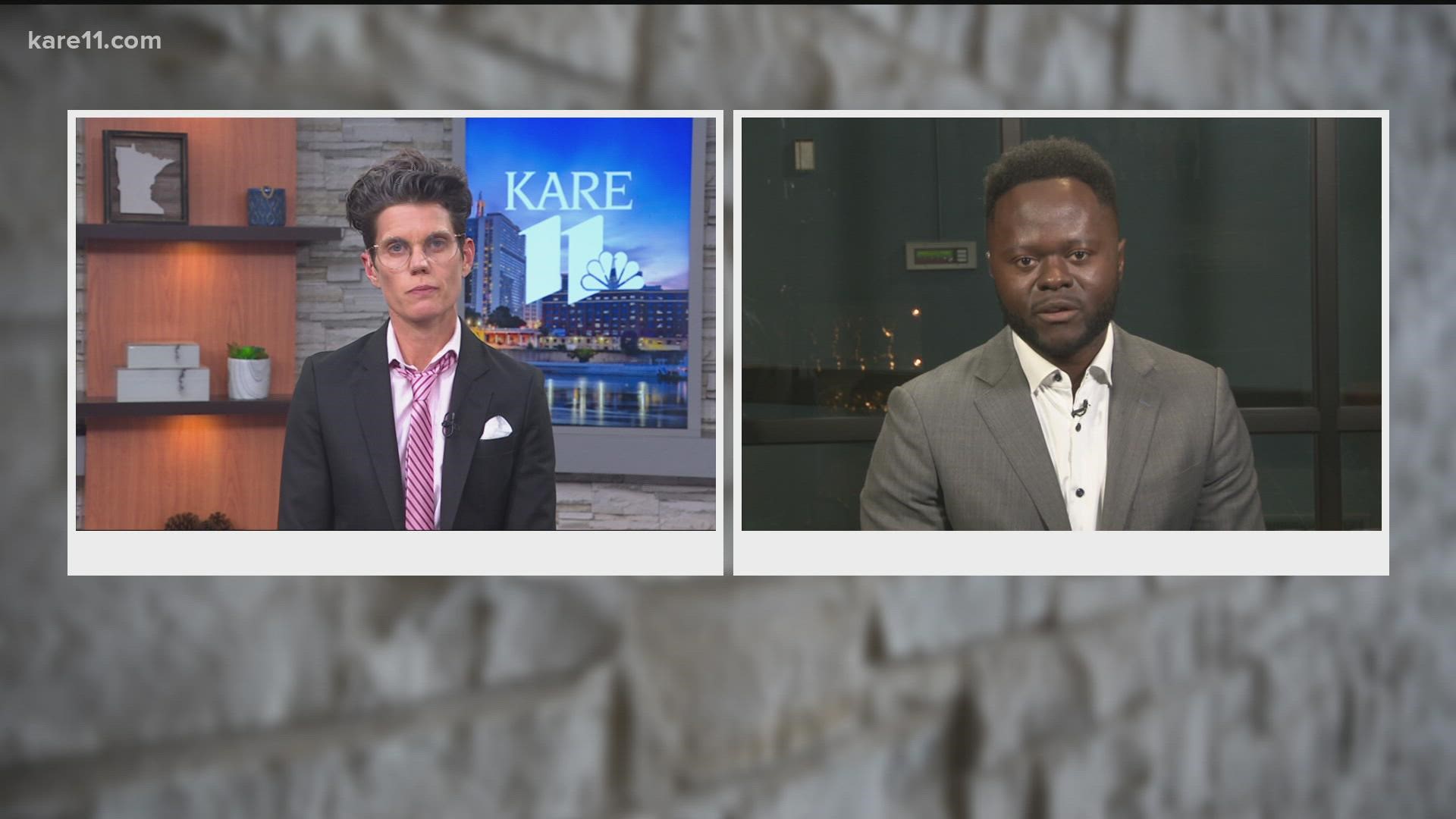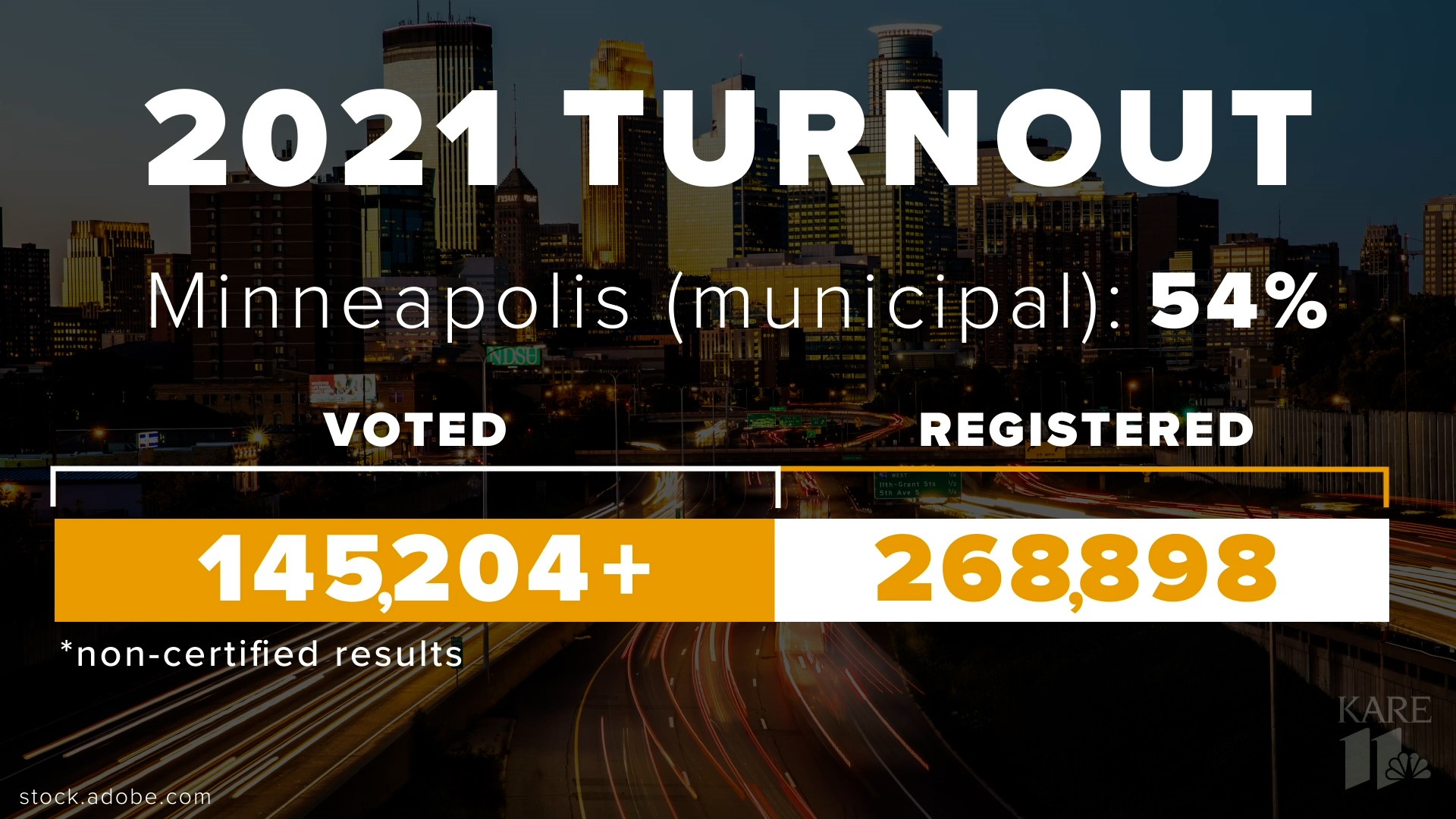MINNEAPOLIS — On Tuesday, Minneapolis voters went to the polls for a historic city election that, yes, decided candidates, but it was ballot Question 2 — deciding the future of public safety in the city — that was top of mind for a record turnout of voters.
KARE 11's Jana Shortal sat down Wednesday with attorney and Democratic strategist Abou Amara, to break down where both the "yes" and "no" votes came from.
First: "no" votes. Several neighborhoods on the northside, downtown and southwest side opted to keep the Minneapolis Police Department intact.
"I think the turnout really was a combination of race and resources," Amara said. "On the race side, you had communities of color — predominantly the African-American community — voting in high numbers for the 'no' campaign. And in addition to that, you had southwest voters, voters near lakes, more affluent voters turning out to vote 'no,' so the combination of those two bases was able to get them over the top."
Amara says a lot of those votes came older Black residents on the northside who have experienced living in a community with crime.
"When someone talks about a carjacking or a shooting, it's not an abstraction; it's the life they live each and every day," Amara said. "And so some were having an abstract conversation about the role of police, and those folks in north Minneapolis — Black elders, others — know that this is not an abstract conversation; this is a real conversation where lives are on the line."
Looking at a map of voter data, it appears the "yes" votes mostly came from areas like Powderhorn in south Minneapolis, Dinkytown and near George Floyd Square.
"That says to me that young people are clamoring for change. If you look at the age gap between the 'yes' campaign and the 'no' campaign, we know from earlier polling that those who are younger tended to vote 'yes,'" Amara said.
The majority of Minneapolis voters did reject Question 2, but 44% of voters said "yes." The mayor, city council and police department work for them, too. Amara says leaders should should begin reaching out that that 44%.
"Yesterday, it might have been 66 [percent] to 44 [percent], but moving forward, we have 100 percent of people in the city agreeing that the status quo is unacceptable, and now that onus is on that city council and Mayor Jacob Frey to deliver," Amara said. "He can't just say 'no' won. He has to say what his 'yes' plan is, and I think in the coming days and weeks we'll see that unfold."


